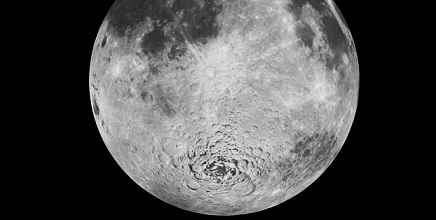
THIRUVANANTHAPURAM (PTI): After the historic success of its Chandrayaan-3 lunar mission, ISRO is going full throttle with its plans to send Indian astronauts for the first time to the Moon by 2040, ISRO Chairman S Somanath has said.
The Bengaluru-based space agency is currently working on the country's maiden manned mission, 'Gaganyaan', which aims to send astronauts into Low Earth Orbit and bring them back safely to earth.
Four pilots from the Indian Air Force who were selected for the mission are undergoing training at the Astronaut Training Facility in Bengaluru, the top scientist said.
In an exclusive article for Manorama Yearbook 2024, the Secretary of Department of Space said, “Looking ahead, ISRO aims to take the next step in space exploration with the Gaganyaan programme, planning to launch a crew of 2 to 3 Indian astronauts into Low Earth Orbit (LEO) for up to three days before safely returning them to a predefined site in Indian waters."
The inaugural manned mission involves developing critical technologies, including a human-rated (capable of safely transporting humans) launch vehicle (HLVM3), an Orbital Module comprising a Crew Module (CM) and Service Module (SM), and life support systems.
Two identical un-crewed missions (G1 & G2) besides Integrated Air Drop Test, Pad Abort Test, and Test Vehicle flights will precede the manned mission.
CM is a habitable space with an Earth-like environment in space for the crew and is designed for safe re-entry. Safety measures also include a Crew Escape System (CES) for emergencies, a statement issued by Malayala Manorama said.
The first development flight of Test Vehicle (TV-D1) was launched on October 21, 2023, and it successfully demonstrated in-flight abort of the Crew Escape System, followed by Crew Module separation and its safe recovery from the Bay of Bengal by the Indian Navy.
“The success of this test flight was crucial for subsequent unmanned missions and the ultimate human space mission, expected to be launched in 2025,” said Somanath, who is also Chairman of the Space Commission.
Aditya L1, which is India’s maiden solar exploratory mission, is also an important mission of the ISRO, he noted.
It will study the Sun from the unique vantage point of Lagrange Point 1, showcasing the country’s prowess in both lunar and solar research.
Launched on September 2, Aditya L1 is poised for a five-year mission.
The spacecraft is on its intended path towards Sun-Earth Lagrange Point 1(L1), approximately 1.5 million km from Earth, where it will be inserted into a Halo orbit in January 2024, he explained.
On the success of the Chandrayaan-3 mission, he termed it as a 'historic achievement', leading to the declaration of August 23 (landing near the lunar south pole) as ‘National Space Day in India’ by the Prime Minister.
In the mission life of 14 earth days, it yielded valuable lunar data, discovering aluminium, calcium, iron, chromium, titanium, sulphur, manganese, silicon, and oxygen in lunar soil.
Referring to some ambitious ongoing and upcoming missions, he said these include Small Satellite Launch Vehicle (SSLV), Reusable Launch Vehicle (RLV) programme, X-ray astronomy mission XPOSAT (X-ray Polarimeter Satellite), Space Docking Experiment, and LOX-Methane engine.
“Together, these transformative initiatives define a new space saga in India's pursuit of space exploration, fostering scientific progress and an ever-expanding cosmic horizon.”
Elaborating, he said SSLV, a three-stage launch vehicle, can launch 500 kg satellite into 500 km planar orbit, and can accommodate multiple satellites.
It has launch-on-demand feasibility, minimal launch infrastructure requirements and low cost. With two flights in the recent past, SSLV is at the stage of transition from developmental flights to operational flights.
Somanath further said the Prime Minister has set ambitious goals such as commissioning ‘Bharatiya Antariksha Station’ (Indian Space Station) by 2035, and embarking on interplanetary exploration, featuring a Venus Orbiter Mission and a Mars Lander, to further solidify India's presence on the global space stage.
Exuding confidence that India's space programme will reach new heights in the coming years, he said, "With every mission launched and every discovery made, ISRO reaffirms its position on the global stage as a force to reckon with, instilling national pride and expanding India's technological feat.”
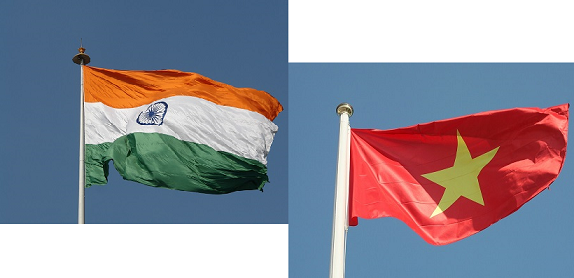 Previous Article
Previous Article Next Article
Next Article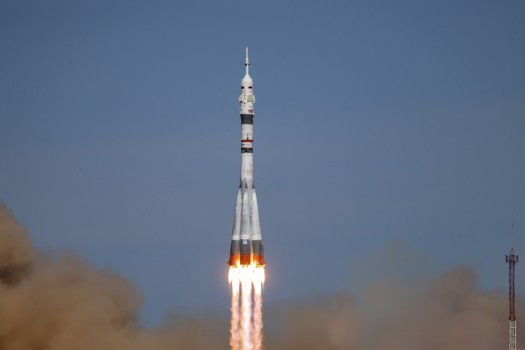

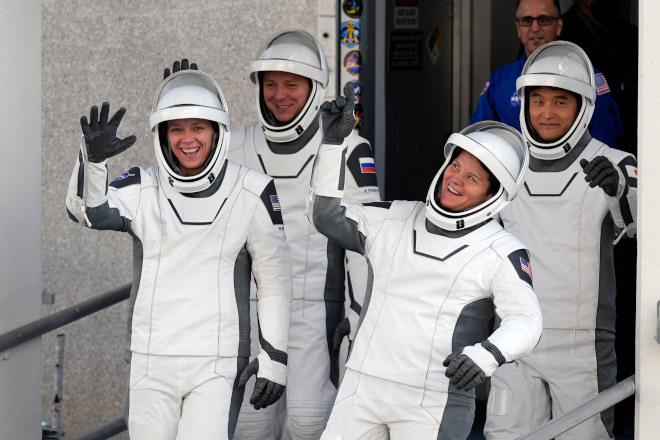
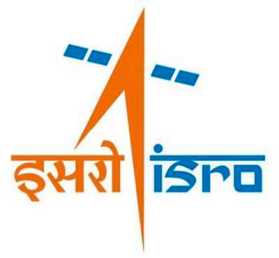

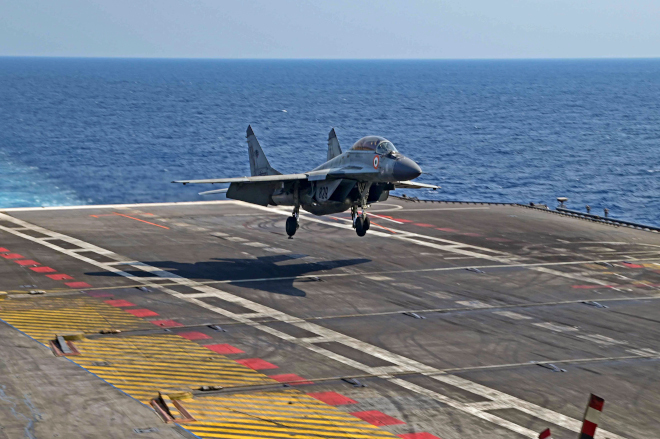
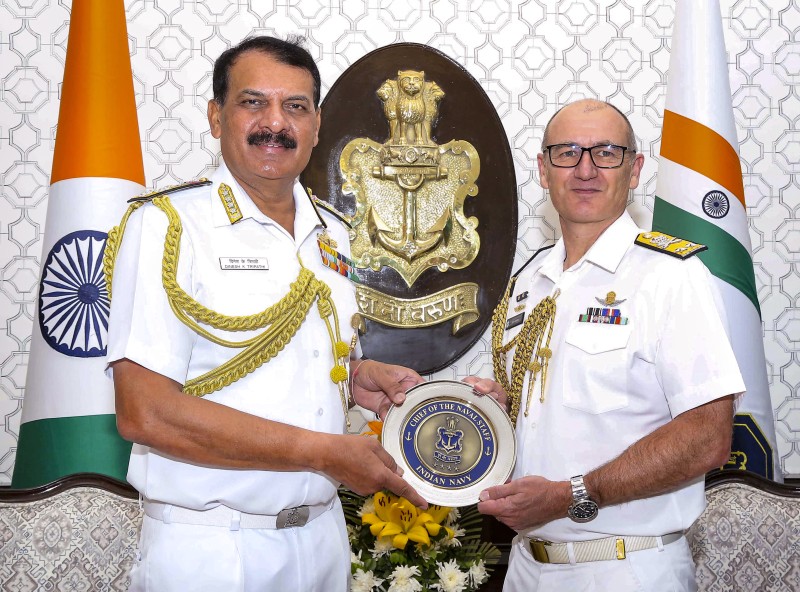

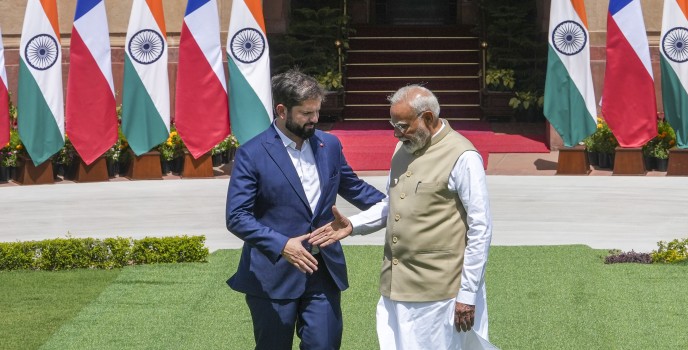





The Indian Air Force, in its flight trials evaluation report submitted before the Defence Ministry l..
view articleAn insight into the Medium Multi-Role Combat Aircraft competition...
view articleSky enthusiasts can now spot the International Space Station (ISS) commanded by Indian-American astr..
view article